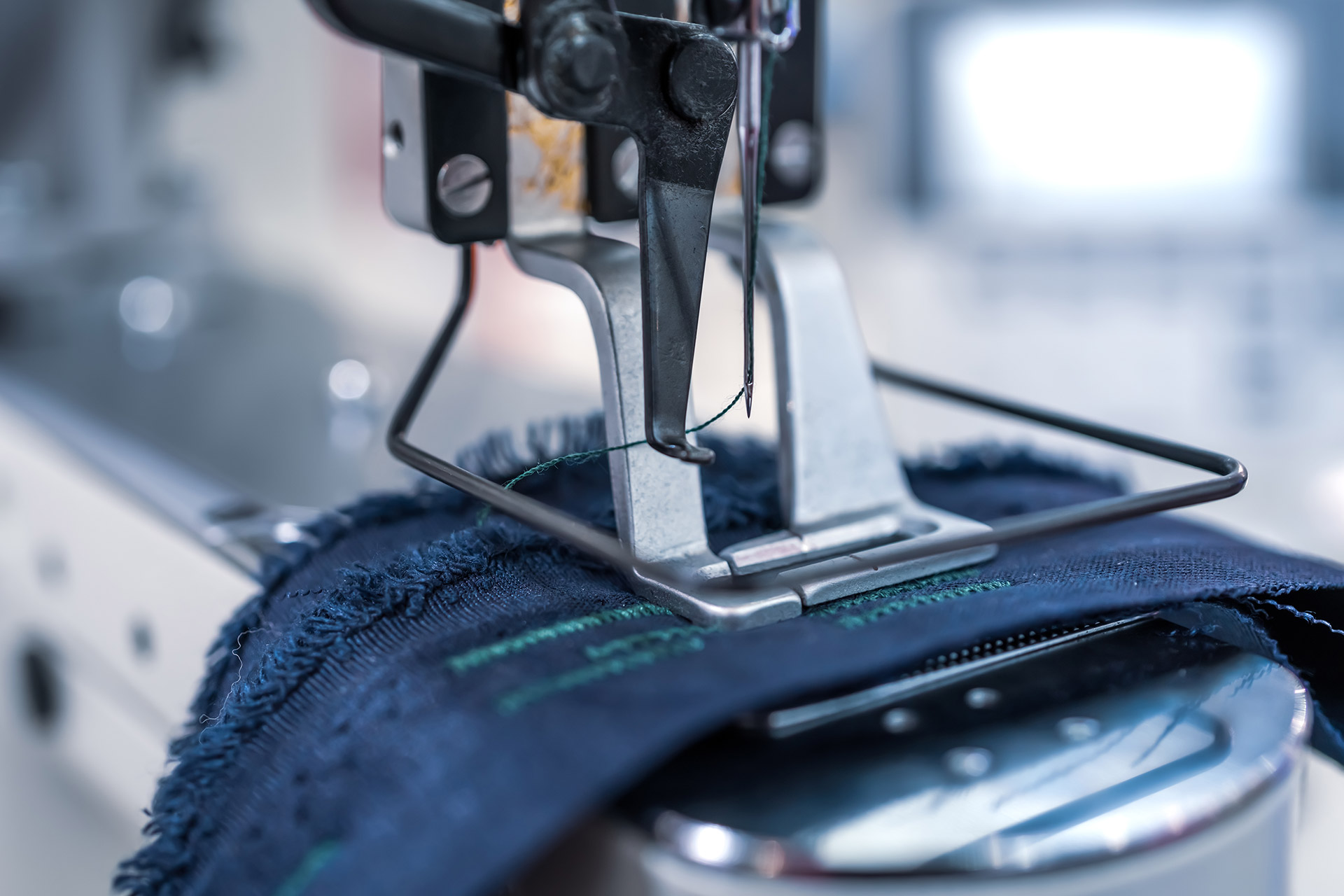Importance of Textile Designing
- Garmen
- February 09, 2023
- 0 Comment
Types of Textile Designing:
- Surface Design: Includes techniques like printing, dyeing, and embroidery to create patterns and textures on fabric surfaces.
- Structural Design: Focuses on the way fabrics are woven or knitted, affecting the texture, drape, and durability of the textile.
- Fashion Design: Integrates textile design with garment creation, considering both aesthetics and functionality in clothing.
- Textile Technology: Involves the development of new materials and finishes that enhance the performance and properties of textiles.

Importance of Textile Designing:
- Aesthetic Appeal: Textile design transforms raw fabric into visually engaging and stylish materials, enhancing the overall look of garments and home furnishings.
- Functionality: It ensures that fabrics meet specific functional needs, such as durability, comfort, and breathability, for various applications.
- Innovation: Advances in textile design lead to the creation of new materials and techniques, driving the fashion and home decor industries forward.
- Cultural Expression: Textile designs often reflect cultural heritage and artistic traditions, preserving and promoting cultural identity.
- Economic Impact: Textile design drives the fashion industry and home decor markets, contributing significantly to economic growth and job creation.
- Environmental Impact: Sustainable textile design practices aim to reduce waste and promote eco-friendly materials, addressing environmental concerns in the industry.
- Technological Impact: Advances in textile design and technology lead to improved fabric performance, from moisture-wicking sportswear to advanced protective materials, enhancing both personal comfort and safety.
Recent Blog

Startup Idea For Distinctive Art
February 05, 2023

What is Satin Weave in Textile
February 05, 2023

5 Great Business Lesso
February 05, 2023
